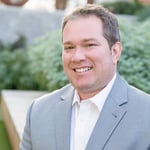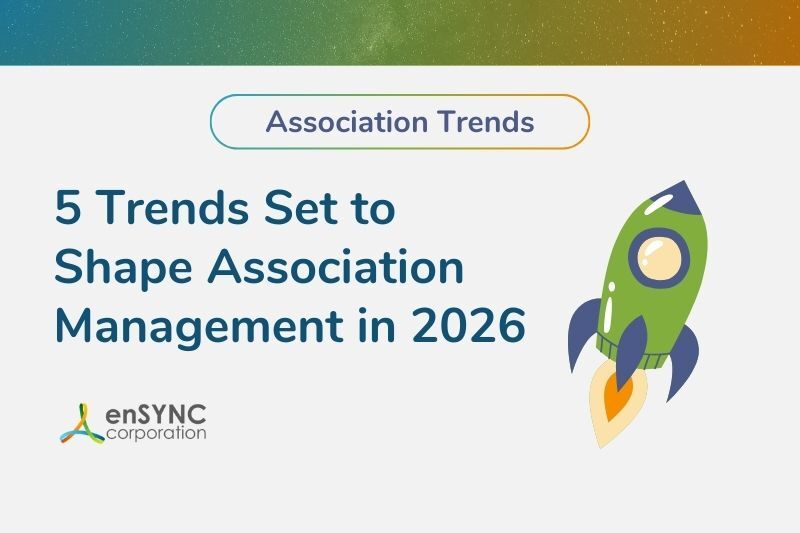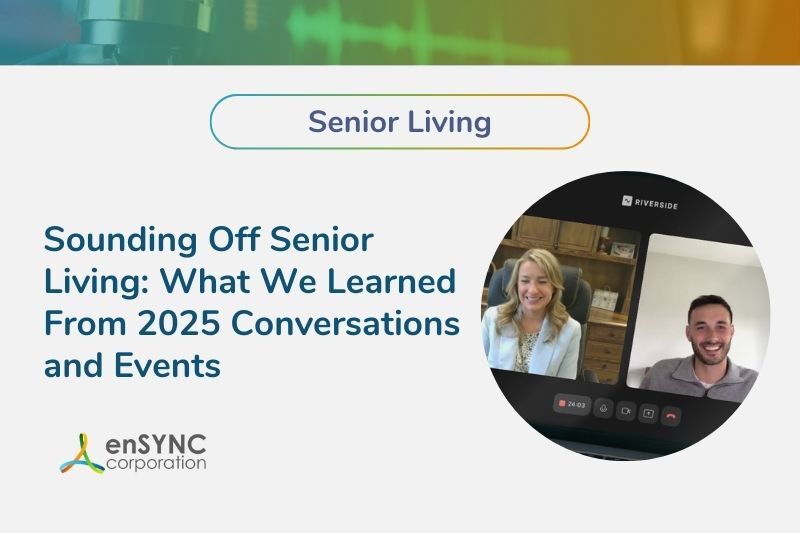Industry insights | Senior living | Financial management
Building the Best Revenue Cycle Management for Senior Living Organizations
January 30, 2024
|
Senior living communities have a rich history dating back to the 18th century in the United States. While we’ve come a long way since then, many senior living organizations still find themselves relying on manual paperwork and spreadsheets for revenue cycle management (RCM).
While they may currently get by with these systems, outdated practices lead to administrative inefficiencies and could hinder the organization's ability to maximize revenue and enhance community care.
In this post, we’ll dive into revenue management for senior living organizations and explore what the process is, why optimizing it is important for community care, and our recommended software program to get started.
What Is Revenue Cycle Management in Senior Care?
Revenue cycle management in senior living is how organizations handle resident care from registration to final payment. This includes all the financial steps in healthcare like identifying, managing, and collecting resident service revenue. The cycle starts when a resident joins your community and ends when the facility has received all claims and resident payments.
Why Is It Important to Improve Revenue Cycle Management in Senior Care?
Streamlined revenue management is important for the financial well-being of senior living communities as a whole. Beyond the obvious connection to billing, RCM also touches nearly every step of the process, from admittance to care plan development. Optimizing and streamlining your revenue management allows your team to dedicate more time and resources to delivering high-quality care to residents.
Building the Best Revenue Cycle Management in Senior Care Starts with Evaluating Your Process
Setting your organization up for RCM success starts with a fundamental understanding of the revenue cycle steps typically followed by senior care providers. Each phase in this process is important, as errors or inefficiencies along the way could delay reimbursements and create challenges for your financial team.
- Resident Onboarding: The cycle begins when a resident joins your senior living community and starts receiving care.
- Insurance and Benefits Verification: Your team validates resident insurance coverage, whether from private coverage, Medicaid, Medicare, or other organizations.
- Resident Care Received and Recorded: Once residents begin receiving care, your team records treatment and care details in their medical records.
- Medical Coding Assignment: Medical codes are assigned in the system to identify and categorize diagnoses, procedures, treatments, and more.
- Recording Billable Charges: Those coded services are translated into billable charges and documented for billing purposes.
- Submitting Claims: Your team submits claims to insurance companies or government payers for reimbursement.
- Recording Insurance Payments: Payments received from insurance companies or payers are recorded in the system.
- Secondary Billing: If applicable, any remaining balance is submitted to secondary or tertiary insurance payers.
- Payment Collection: Once insurance reimbursement is received, your team collects resident payments for outstanding balances.
- Denial Management and Appeals: In the event of claim denials, your team reviews denial reasons and initiates the appeals process if necessary.
- Financial Analysis and Reporting: Financial data is analyzed, and reports are generated to monitor revenue performance and identify areas for improvement.
How to Start Optimizing RCM for Senior Living Organizations
Optimizing revenue management for senior living organizations requires a deep understanding of your existing process so you can find the right software and tools to streamline and improve it.
Audit Your Existing Revenue Cycle Management
To start optimizing your RCM, we suggest examining each of the revenue cycle steps within your organization. Conduct a survey with your team to identify:
- Inefficiencies or disconnects between the steps.
- The current software or programs used at each step.
- Any missing data or information that complicates the completion of these steps.
- Snags in the system that contribute to delays.
- Manual processes that could be automated.
- Steps that create confusion or stress for residents and their families.
Consider Accounting Software to Automate and Streamline
Once you understand the current state of your revenue cycle management, you can start exploring options to automate. While there are many accounting software options on the market, for our senior living clients seeking a streamlined approach to revenue management, we recommend Sage Intacct.
While no system is one size fits all, we believe Sage Intacct is well in line with many of the unique needs of senior living organizations. With its ability to customize and optimize for
operations and multiple facilities, plus built-in guidelines for HIPAA compliance, it’s the perfect tool for automating RCM for senior living organizations.
Features don’t end at revenue management, though, meaning it can help automate accounting functions across the board for your organization.
For revenue management specifically, Sage Intacct software can:
- Automate day-to-day revenue recognition tasks and regulatory compliance.
- Align revenue recognition with expense allocations.
- Automate your most important process — turning orders into cash.
- Deliver relevant insights to all stakeholders.
- Reduce your dependence on IT.
If you’re not sure where to start, we recommend evaluating your revenue management cycle as a first step.
Reach Out to enSYNC to Audit Your Current Revenue Cycle Management
Need an expert to help you audit your existing revenue cycle management and explore Sage Intacct?

Chadd Arthur is a seasoned professional with over 25 years of experience in the non-profit sector, specializing in process improvement and the strategic alignment of organizational goals with technology solutions. Leveraging his extensive expertise, Chadd conducts regular strategic assessments for organizations, guiding them towards enhanced efficiency and effectiveness. With a profound passion for aiding clients in recognizing the value of process improvement, Chadd leads our team in secure technology solutions that directly contribute to their mission success. His commitment to excellence is evident in his contributions to the industry, including participating in panels and serving as a thought leader to a network of non-profit professionals. Chadd earned his MBA from Indiana University Bloomington and resides outside the greater Chicago area. Chadd not only brings a wealth of knowledge and experience but also a dedication to making a meaningful impact in the non-profit space.
Recent Posts

5 Trends Set to Shape Association Management in 2026
As 2026 begins, associations are standing at the edge of some major shifts. Member expectations are changing, technology keeps opening new...

The Best of the Blog 2025 — A Year in Review
From forward-looking trend analyses to powerful case studies and thought-provoking conversations, the enSYNC blog featured a host of great content in...
Enjoying our blog?
At enSYNC, we want to empower associations and nonprofits to make well-educated decisions. If you want our industry knowledge (and other free guides) sent directly to your inbox, fill out the form below.

